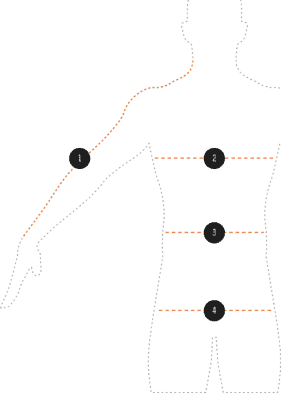FROM THE ARCTIC TO THE MILITARY
Though the word "parka" comes from the Nenets languages of northern Russia (translation: “animal skin”), the parka-style jackets actually originated with the Inuit peoples of northern Canada. The traditional Inuit winter coat, called the amauti, was a hooded pullover jacket made with the skins and furs of Arctic animals such as polar bears, wolves, seals, or caribou; every aspect of the jacket was constructed to protect against sub-zero temperatures and sometimes treated to be water resistant. The amauti also included an extra pouch under the hood to carry babies and keep them warm; thus, the amauti was more traditionally worn by Inuit women..
The necessity of an Arctic coat in the coldest regions of the world inspired the parka’s entry into the twentieth century. During World War II, the U.S. Army developed the N-3 parka to be worn by soldiers in freezing temperatures. This parka design was mid-thigh length and typically constructed with a nylon outer shell and lining; the fit was loose in order to accommodate soldiers’ uniforms underneath.
It included a fur-trimmed hood that was lined with mouton for extra insulation. Another variation during this time was the B-9 down parka, made with a nylon/cotton blend outer shell and distributed to pilots in the U.S. Army Air Force (USAAF).






